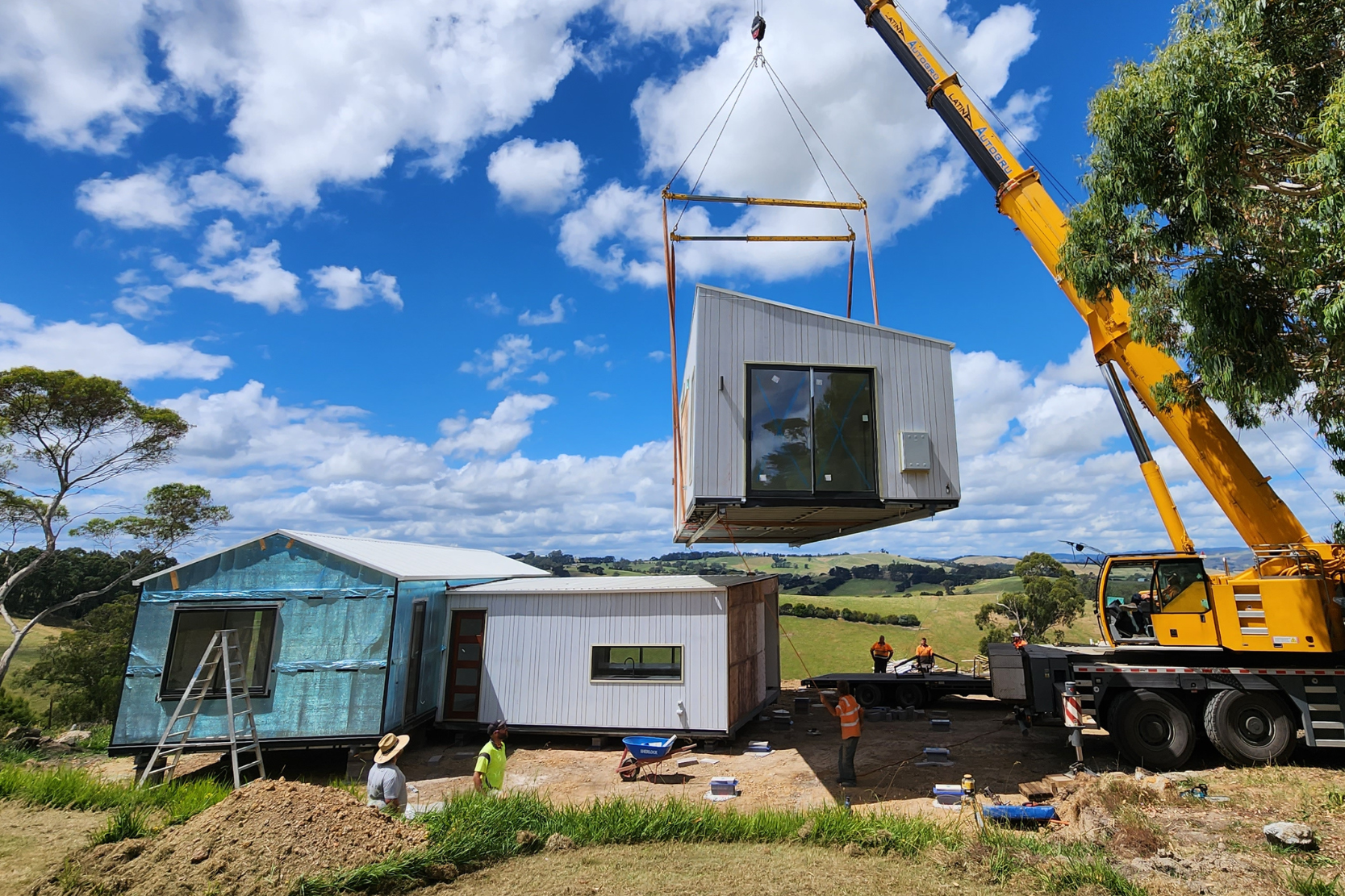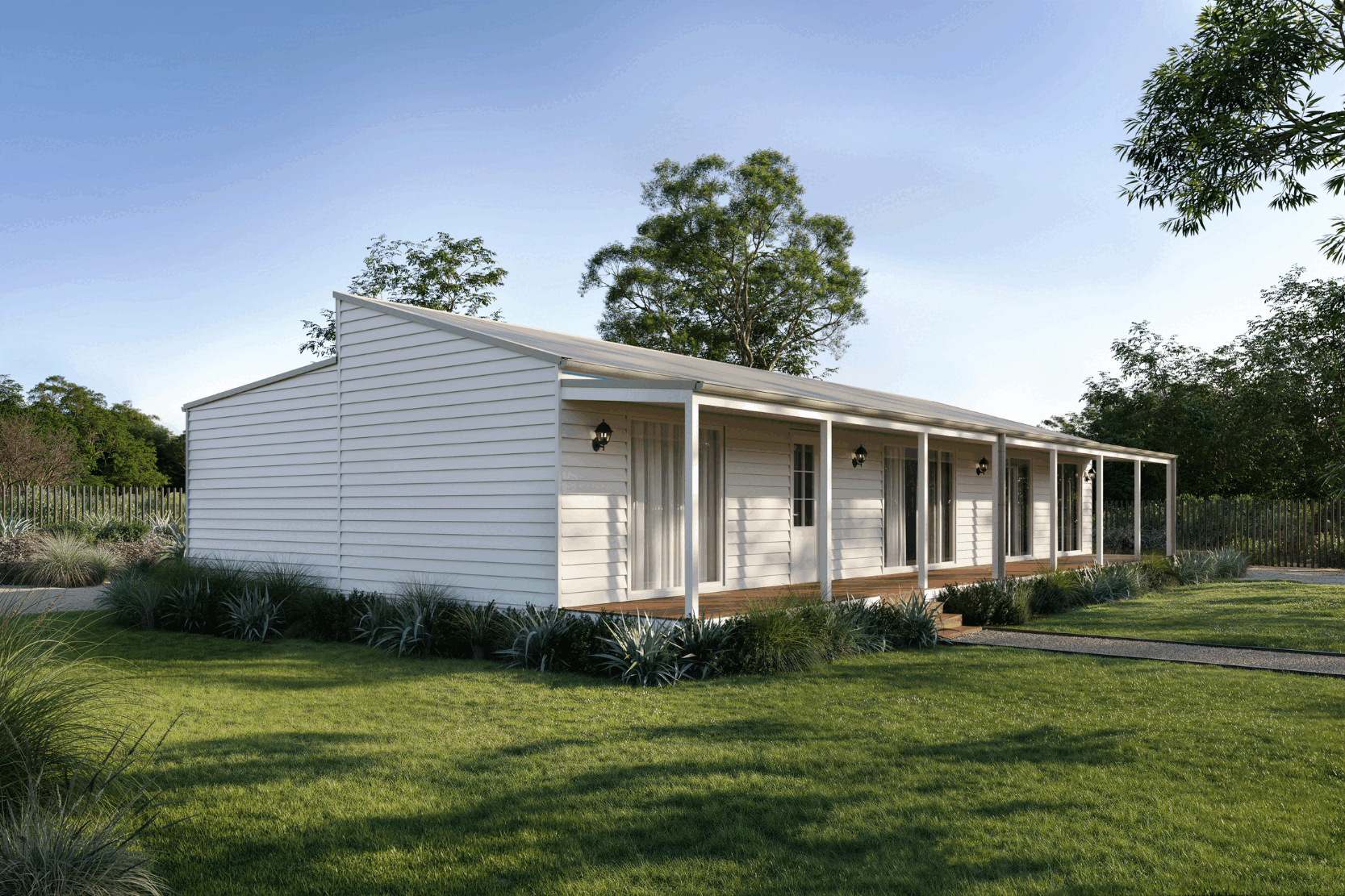Article
11-Step Guide For Selecting The Right Block For Your Build
Buying land
January 15, 2022

Written by
Laurie Raikes
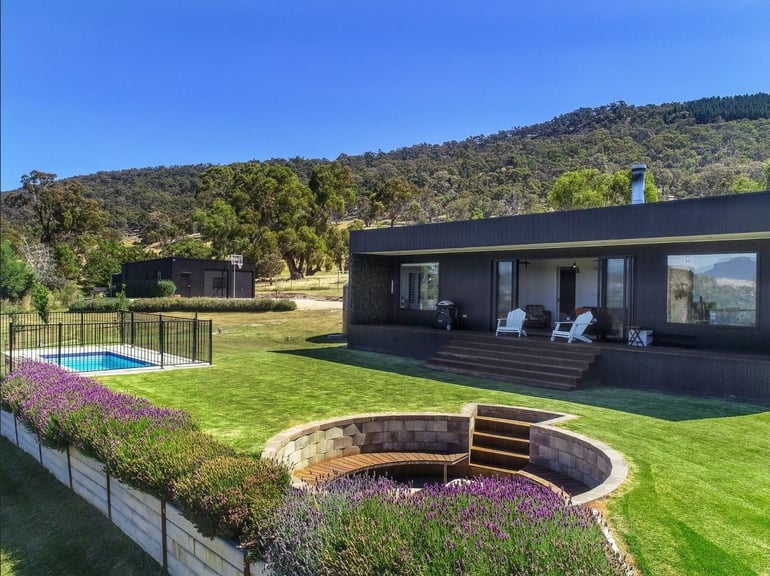
It’s no secret that buying land can be challenging and, if you get it wrong, it can derail your entire project. That’s why it is critical to complete your due diligence before you sign contracts and finalise the purchase.
There are many important boxes to tick before you can be confident you've found the right block, from Council requirements to access to services. So we’ve put together this helpful list to help you avoid the potential headaches and added costs of buying an unsuitable block.
1. Pre-application meeting
When you find a block of land you like, the first essential step is to gain some insight into whether the Council will approve a permit to build on the site or not, especially if it’s in a rural location. You can do this by setting up a pre-application meeting where you can find out about zoning, overlays, and any other factors that may affect your ability to build.
If there are any doubts, you could purchase the land subject to planning permission being granted. We have seen situations where a planning permit has been denied so don’t be tempted to skip this step.
If working with us, our team will be able to perform a desktop assessment of your site, to ensure suitability for an Anchor Home. If required, a site inspection may also be undertaken at this time.
2. Property title
Another crucial precaution is having a solicitor review the land title to find out if there are any restrictive covenants. For example, if there is a covenant that restricts the house size, construction type, or exterior features that can be used, it can significantly impact your plans.
3. Finance
Talk to your bank early on so that your finance is ready when you are. Ideally, you’d like to obtain pre-approval for the land and house. However, if you have any doubts or delays, you may be able to purchase the land subject to finance.
4. Budget
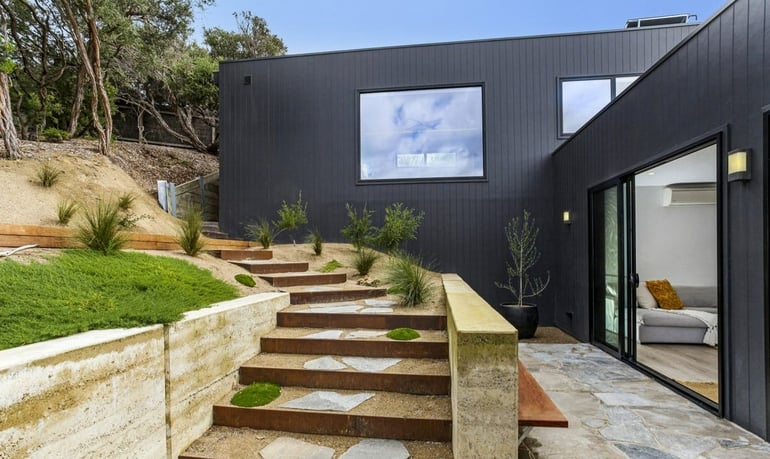
Make sure you are crystal clear about your overall budget and all of the different costs that need to be factored in. For example, a sloping block often has a lower purchase price but, compared to a flat site, it can cost you thousands more to build your home there.
The same goes for a cheap block located adjacent to the bush. It may cost less upfront but the added expense of building your home in a high BAL area can eat up the cost savings on the land purchase fast.
5. Utilities and site services
Before you buy land, you need to find and locate the nearest service connections. You can do this by contacting service providers, the Council, and Dial Before You Dig to ask about the closest water, gas, electricity, sewerage, telephone and NBN connections. The farther away they are, the higher the cost of the connection will be.
If there are existing services on the block, check their condition to make sure they are suitable to be re-used. For example, consider the rainwater tank, septic tank, and electrical connections. If they are damaged or compromised, it’s worthwhile knowing this upfront as replacements or new connections can eat up a large chunk of your budget.
6. Bushfire risk
If your land is situated in a bushfire-prone area, it’s likely it will be subject to a Bushfire Overlay. If you’re unsure of the BAL rating, it’s a good idea to speak to a bushfire consultant and arrange a report to see what kind of conditions your build may be subject to. An investment of a few thousand dollars will not only give you peace of mind, but if you discover the land is subject to a high BAL rating, it may save you a lot of time and money in the future.
7. Soil profile
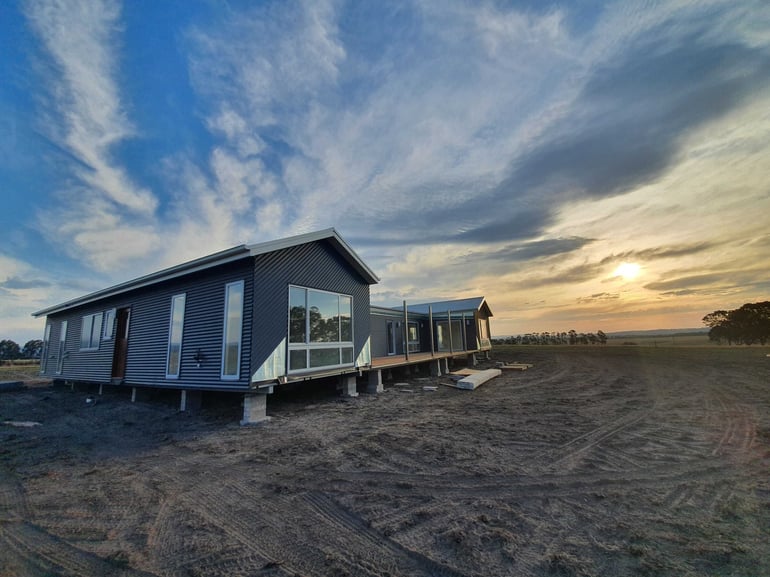
Issues with the soil on your land can have a major impact on your build and budget. It’s well worth asking if the vendor has completed a soil test already as this could save you the trouble. If not, arrange a test yourself. It should show if the site contains any fill, along with the moisture levels, and the density and reactivity of the soil.
If you choose to build with us then Geotechnical Engineers and Land Surveyors will be engaged to perform site classification testing including a Soil Test, Wind Rating, Bushfire Attack Level (BAL) Rating, and a Site Feature Survey. The detail from the site classification and survey will then be added to your Preliminary Drawings.
8. Site size
It pays to check if there is enough room to fit your new home, as well as any essential services, such as a septic system (if required). You’ll also need to consider potential setbacks and building envelopes as well as the property boundaries. Ask for advice from your builder to be sure nothing is overlooked.
9. Boundaries
While some blocks are clear in their boundaries, if yours is not, a re-establishment survey may be required. When your boundary is clearly and accurately marked you avoid any issues or confusion later, so it is a worthwhile investment.
10. Site access
.jpg?width=770&height=578&name=236004682_2716673258624664_1182598308400619380_n%20(1).jpg)
When building a modular home, the access needs to be sufficient for transportation and crane access (if required). If the access is tight, can it be cleared to avoid issues? If you’re unsure, get in touch with our team for expert advice.
11. Talk to the neighbours
Ask your potential new neighbours about the neighbourhood and the land to find out what it’s like to live there. Local issues to ask about could include soils, termites, noise, smells, or other hazards. Coming from the locals, the insights you will gain will be more valuable than anything you can get from a planning report.
For example, one of our clients spoke to a neighbour and learned that their prospective building site was an old dam site. Knowing this saved them a mountain of hassle and money and they were grateful they made the effort to knock on the door.
Remember, the effort you put in during the early stages will allow you to enjoy a less stressful building experience and avoid the potentially devastating effects that overlooking any of the key areas above can result in.
We’ve seen firsthand the devastation of buying the wrong block and our team encourages you to talk to us before finalising the purchase. It’s far better to be educated and aware from the beginning than to encounter a nasty surprise or unexpected roadblock once your project is underway.
If you have a question or are planning a new home project soon, contact our team for more advice or learn more about our modular construction process to see what it looks like once you’ve purchased the land, and are starting the journey of designing and building a new home with us.
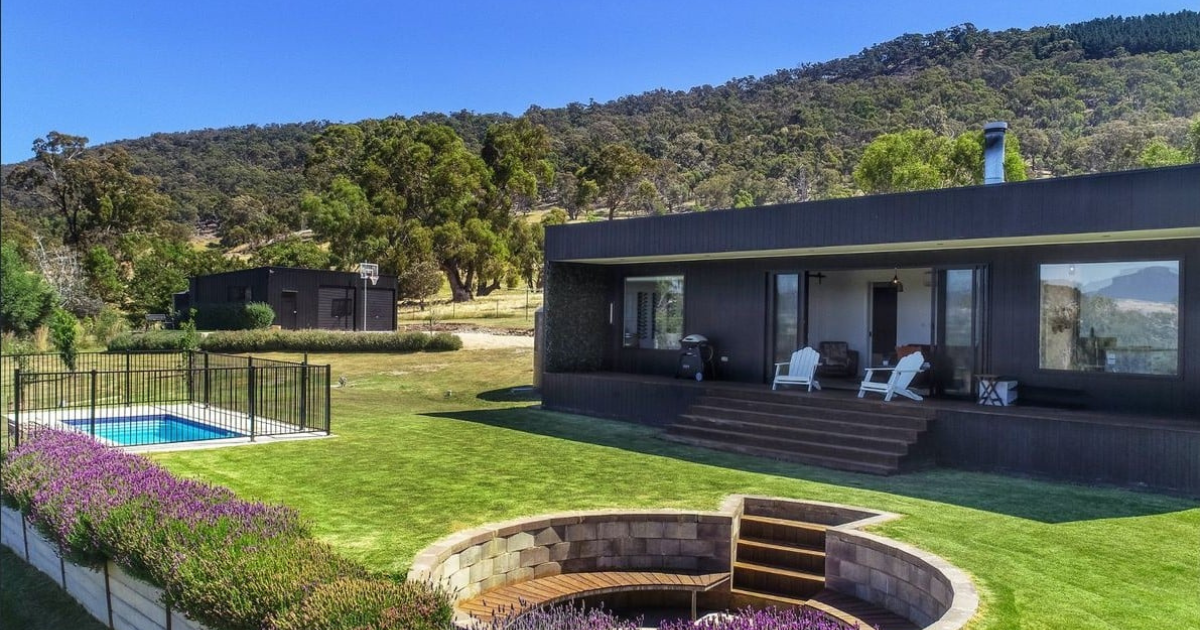



-1.png)
